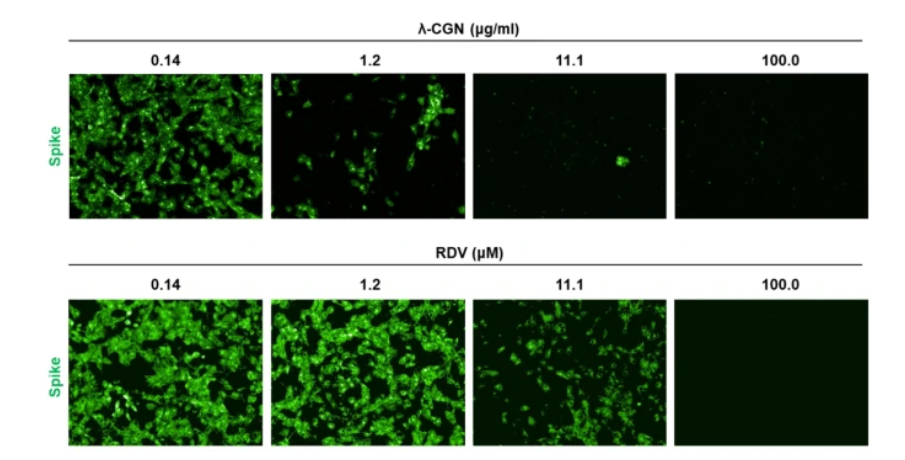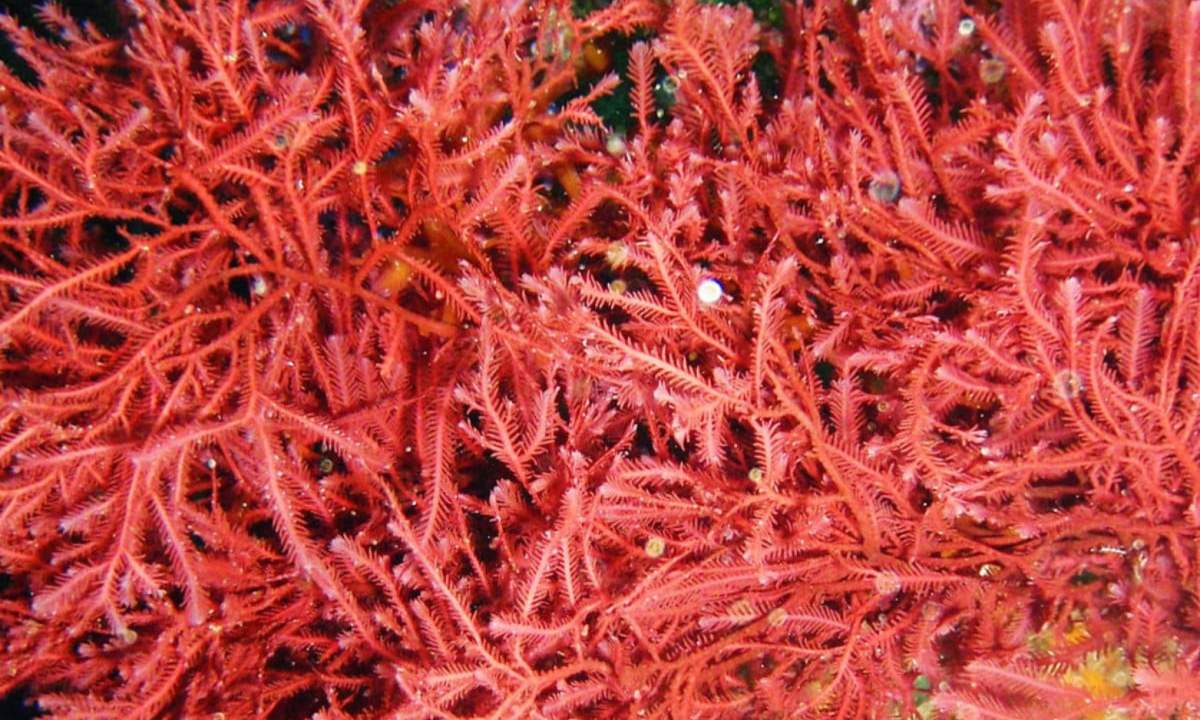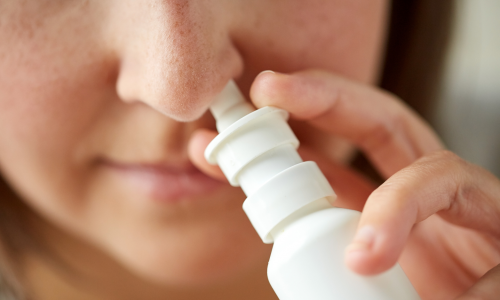Lambda (λ) carrageenan is a polysaccharide compound from red algae which has antibacterial and antiviral activity. Various studies have succeeded in revealing the ability of the lambda carrageenan molecule to actively inactivate and ward off bacteria and viruses, especially in several parts of the body that are easily exposed to viruses and bacteria from the environment, such as the nasal cavity.
Carrageenan (CGN) is a compound from the sulfated D-polysaccharide group and has an α-galactose residue derived from red seaweed (phylum Rhodophyta). Carrageenan itself has various derivative compounds such as kappa (κ)-, iota (ι)- and lambda (λ) carrageenan. In terms of biological function, the carrageenan compound has functions as an anticoagulant, antitumor, antiviral and antibacterial. In research specifically related to respiratory infections, carrageenan was able to suppress the growth of the Influenza A and B viruses and SARS CoV-2 which causes the Covid-19 pandemic, and was even found to have a stronger ability than the antiviral "Remdesivir" which is medicine that used to treat covid-19.

Figure 1. The ability of carrageenan (top) to inactivate SARS CoV-2
stronger than Remdesivir (below) Source: Jang, Y. et al. (2021)
One of the studies conducted by Yejin Jang and colleagues from the Korea Research Institute of Chemical Technology (KRICT) in 2021 showed that one type of carrageenan, lambda-carrageenan (λ-CGN) has the ability to suppress and inactivate SARS CoV- 2. It can be seen in figure 1 that the lambda-carrageenan compound (top image) can ‘kill’ SARS CoV-2 more effectively than Remdesivir (bottom image) as indicated by the reduction in parts of the virus (spikes) which are colored in green.
Apart from being able to actively kill viruses, this compound can also form a layer that can repel respiratory viruses such as influenza viruses and SARS CoV-2. Therefore, lambda carrageenan is also often used as an antiviral coating, such as in nasal or mouth sprays.

Figure 2. Formation of antiviral and antibacterial layers
from the active compound lambda-carrageenan
Antiviruses generally consist of a physical layer of saline fluid with the active compound lambda carrageenan, where the lambda carrageenan molecule can 'affect' the surface of bacteria or viruses. So that viruses and bacteria cannot interact and infect body cells, especially in the respiratory tract, such as the nasal mucosal lining which is very often exposed to viruses, bacteria, pollutants or allergens.
Reference:
- Jang, Y., Shin, H., Lee, M.K. et al. Antiviral activity of lambda-carrageenan against influenza viruses and severe acute respiratory syndrome coronavirus 2. Sci Rep 11, 821 (2021).
- William R. Blakemore. Polysaccharide Ingredients: Carrageenan. Reference Module in Food Science. Elsevier. (2016)



